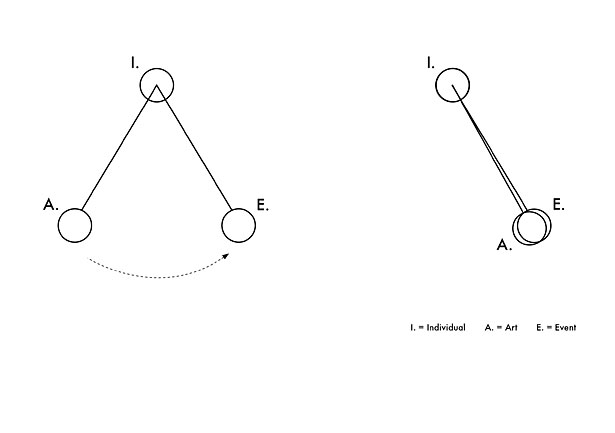Ilya and Emilia Kabakov, The Palace of Projects, Museo Nacional Centro de Arte Reina Sofia, Madrid, December 13, 1998–April 15, 1999.
Neither to act nor to make do proper justice to the Portuguese term fazer. Fazer would literally translate both the verb to do and the verb to make, necessarily implying in either case the temporal, and effective, notion of action. But such a translation must be cautiously made; fazer unconjugated, in the infinitive, is entrenched in abstraction, enlarged by the defined undefinition. It does not imply so much the action—construction, let us say—but the will to act elevated to the condition of an infinitive: a potent, and latent, universal self defining abstraction. We have thus opted here for the careful and related usage of the words act and making as a proper translation of the term.
Boris Groys, Ilya Kabakov: The Man Who Flew into Space from his Apartment (London: Afterall Books, 2006).
This text is a revised version of “The Escape Route's Design,” a bilingual Portuguese/English artist book, edited and designed by Mariana Silva and Pedro Neves Marques, and first presented in Berlin at Sparwasser HQ, June 12–14, 2008. The book launch featured a model which acted as a schematic sculpture loosely appropriating concepts from the book. The event was conceived as less an exhibition than a three-day presentation meant to end when the last booklet was given away.
